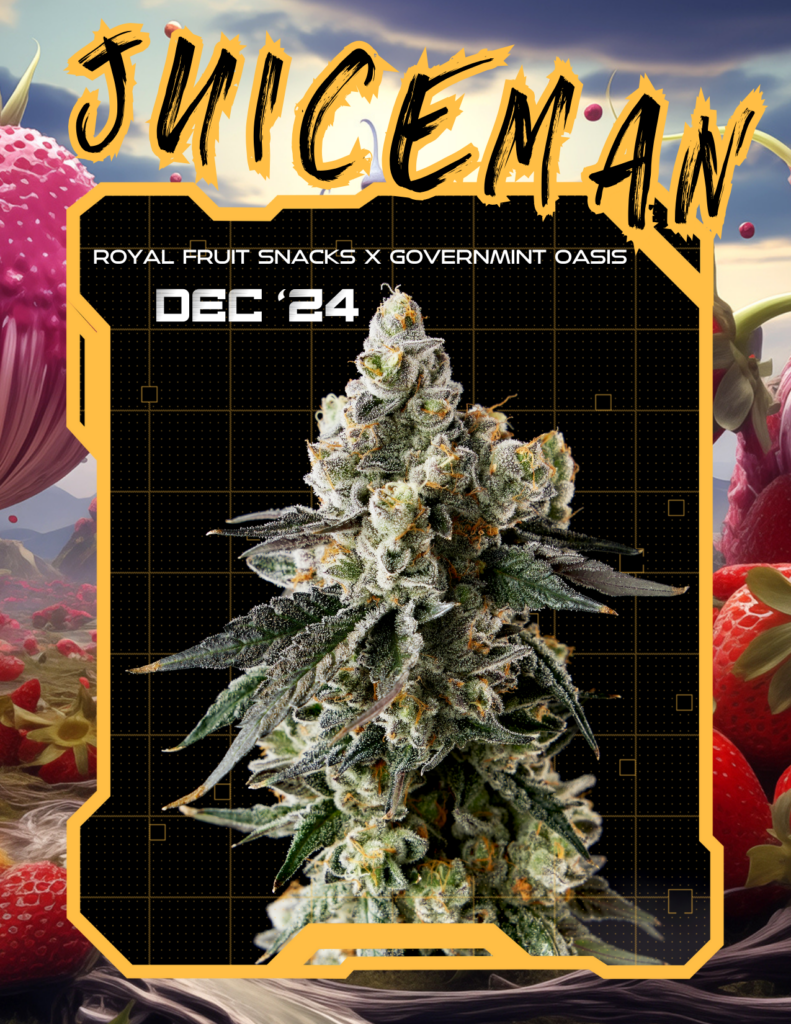If you’re new to cannabis — or if your experience with bud ended in the 80s — you’ve probably got some questions about blunts. Like — what is a blunt anyway? Why are blunt wraps so popular? What’s the difference between joints and blunts? And, of course, which is better? Spoiler alert — it’s about personal preference!
If you’re trying to catch up with the latest lingo — or just want to know more about all of your options with regard to cannabis, we’ve got you. Here’s a rundown of the joint vs. blunt debate, from “What is it?” to “Which should I choose?”
Joints vs. Blunts — What You Need To Know
First, joints and blunts share a major similarity. They’re both ways to wrap up ground bud so you can light it on fire and smoke it. That distinguishes them from other ways to consume cannabis, including other ways to inhale cannabis. They both contain the same thing inside the wrapper — cannabis, and only cannabis. That said, just like there’s a difference between sipping whiskey from a highball glass and throwing back a shot, there are differences between smoking blunts and sparking a joint.
Papers vs. Blunt Wraps
The most obvious difference between the two is the wrapper. Joints are crushed cannabis rolled in a thin paper of some sort. Blunts are crushed cannabis packed into a tobacco leaf wrapper. Besides the obvious cosmetic difference, the material of the wrap affects several other factors about your flower — how it burns, how it tastes, how much you can pack into it, and even the kind of buzz you get from it.
Size
Generally, you can fit more flower into a blunt wrap than into a rolled joint. According to some sources, your typical joint contains about a third of a gram of bud, while a blunt will hold 1 to 2 grams. That makes them ideal for sharing.
Flavor
Since blunts are usually wrapped with tobacco leaf papers, your preferred strain of cannabis will be tinged with tobacco flavor. This is a plus for some people, while others find it distracts from the flavor of the flower itself. Joints are rolled with thin paper, similar to cigarette paper. There are exceptions — you can buy flavored rolling papers, for example — but generally when smoking a joint, you’re getting just the flavor of your chosen strain.
Kick
Since blunt wraps are made with tobacco leaf paper, they contain some nicotine, which gives your high a little extra kick.
Burn
The thinner, flimsier rolling papers tend to make joints burn more quickly than blunts. Blunts, on the other hand, tend to have a slow, steady burn.
Anatomy of a Joint
Okay, so a joint is ground cannabis flower rolled up in thin paper, but the choices and options for rolling papers and joints have expanded considerably since the good old days of E-Z Widers.
Today, you have a wide choice of different kinds of rolling papers, from traditional white cigarette paper to paper made of hemp (including organic options) or rice. They come in multiple colors, sizes and thicknesses so you can tailor the size of your joints and how easy they are to smoke and roll.
Hemp papers, for example, tend to burn more slowly and evenly than traditional rolling papers, but can be a little more difficult to roll. In addition to the bud and the paper, joints often have a crutch — or filter — that gives them a bit more stability and makes it easier to smoke your joint to the end without burning your fingers.
If you’re not an expert roller — or you just don’t want to be bothered with all the grinding and fidgeting — you can buy pre-rolls. They’re just what they sound like: pre-rolled joints expertly rolled and ready to light and enjoy.
The Blunt Difference
As noted, blunts are generally rolled with tobacco leaf paper — or for the real purist, with tobacco leaves — but there are now blunt wraps made with hemp paper for those who want the slower burning without the tobacco flavor and nicotine rush.
In general, though, you can buy blunt wraps at your local smoke shop or — in some states — at convenience stores. Those who prefer a DIY approach often buy cigarillos or small cigars, such as Phillies Blunts (hence the name), carefully empty out the tobacco and refill them with their favorite strain of bud. Some of these DIYers have strong preferences when it comes to brand, since every brand and type has marked differences in flavor. In some cases, they’ll mix some of the removed tobacco with the flower before rolling. In this case, they’re smoking a spliff.
Tobacco isn’t the only possible addition to the bud in your blunt. Experienced consumers may add a dash of concentrate, such as bubble hash, to intensify their experience and increase the THC content of their final smoke. Since the content of the wrap is still all cannabis, it’s still a blunt — just a super-charged one.
Whatever your smoking preference, we’re happy to help you find the right strain and all the accessories you need to enjoy it to its fullest. If you’re not sure exactly what you want, chat with one of our experienced budtenders who can help explain the differences and effects of the different strains and products we offer.
Deb Powers is a Massachusetts freelance writer who has been writing about cannabis and other wellness topics for nearly two decades. Her work has appeared in Civilized.Life, SFGate and numerous industry websites and publications.
References:
The Emerald Magazine – Blunt vs. Joint: Everything You Need To Know
Leafly – Blunts vs. Joints vs. Spliffs: What’s the Difference?
Leaf Nation – How Much Weed for a Blunt?





